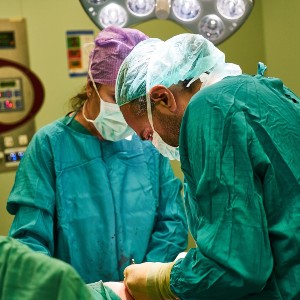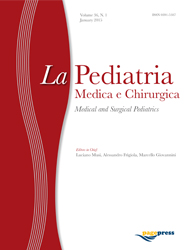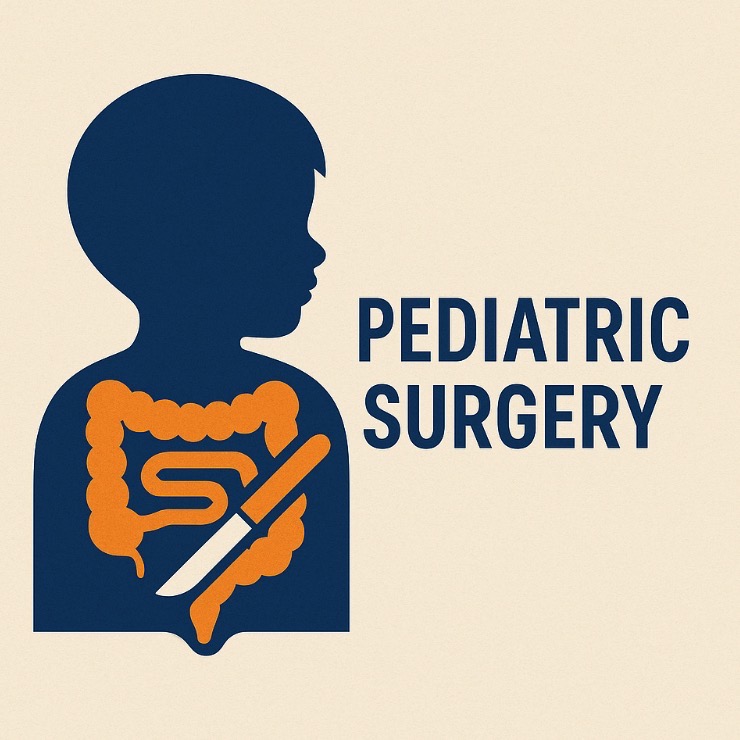Presentations of bladder exstrophy in a resource-limited setting and the role of Mainz II continent diversion for late referrals or failed primary closures: a multicentric report

All claims expressed in this article are solely those of the authors and do not necessarily represent those of their affiliated organizations, or those of the publisher, the editors and the reviewers. Any product that may be evaluated in this article or claim that may be made by its manufacturer is not guaranteed or endorsed by the publisher.
Authors
Primary closure techniques that have been updated and longterm follow-up for CBE (classic bladder exstrophy) may be out of reach for many patients living in resource-limited settings. Late referrals to medical care and primary closures that lack the necessary skills and facilities for comprehensive treatment are still common. Alternative and long-term surgical solutions may improve the lives of these unfortunate patients. During surgical outreach missions, patients with CBE, either non-operated or with a previous unsuccessful bladder closure, who were referred from vast under-resourced rural areas to three Eastern African hospitals, were studied. The following information is provided: mode of presentation, clinical history, diagnostic workout, management, and outcome. There were 25 cases (M/F ratio 17/8) ranging in age from two days to twenty years. Five of the seventeen patients who were not treated (35%) were under 120 days old and eligible for primary closure in a qualified tertiary center when one was available in the country. There were twelve late referred cases (ranging from 120 days to 20 years). Between the ages of ten months and twelve years, eight children arrived following a failed primary closure. In all of them, the bladder plate was too altered to allow closure. Following a preoperative diagnostic workout, a Mainz II continent internal diversion was proposed to fourteen patients with acceptable bowel control and postponed in the other three. Three cases were lost before treatment because parents refused the procedure. Twelve cases ranging in age from three to twenty years (mean seven years) were operated on. Eight people were followed for a total of 53.87 months (range: 36-120). Except for three people who complained of occasional night soiling, day and night continence were good. The average voiding frequency during the day was four and 1.3 at night. There was no evidence of a metabolic imbalance, urinary infection, or significant upper urinary tract dilatation. Two fatalities could not be linked to urinary diversion. Four patients were not followed up on. Due to the limited number of specialist surgical facilities, CBE late referral or failed closure is to be expected in a resource-limited context. In lieu of the primary closure, a continent internal diversion will be proposed and encouraged even at the level of a non-specialist hospital to improve the quality of life of these unfortunate patients. It is recommended that patients be warned about the procedure’s potential long-term risks, which will necessitate a limited but regular follow-up.
How to Cite

This work is licensed under a Creative Commons Attribution-NonCommercial 4.0 International License.
PAGEPress has chosen to apply the Creative Commons Attribution NonCommercial 4.0 International License (CC BY-NC 4.0) to all manuscripts to be published.







